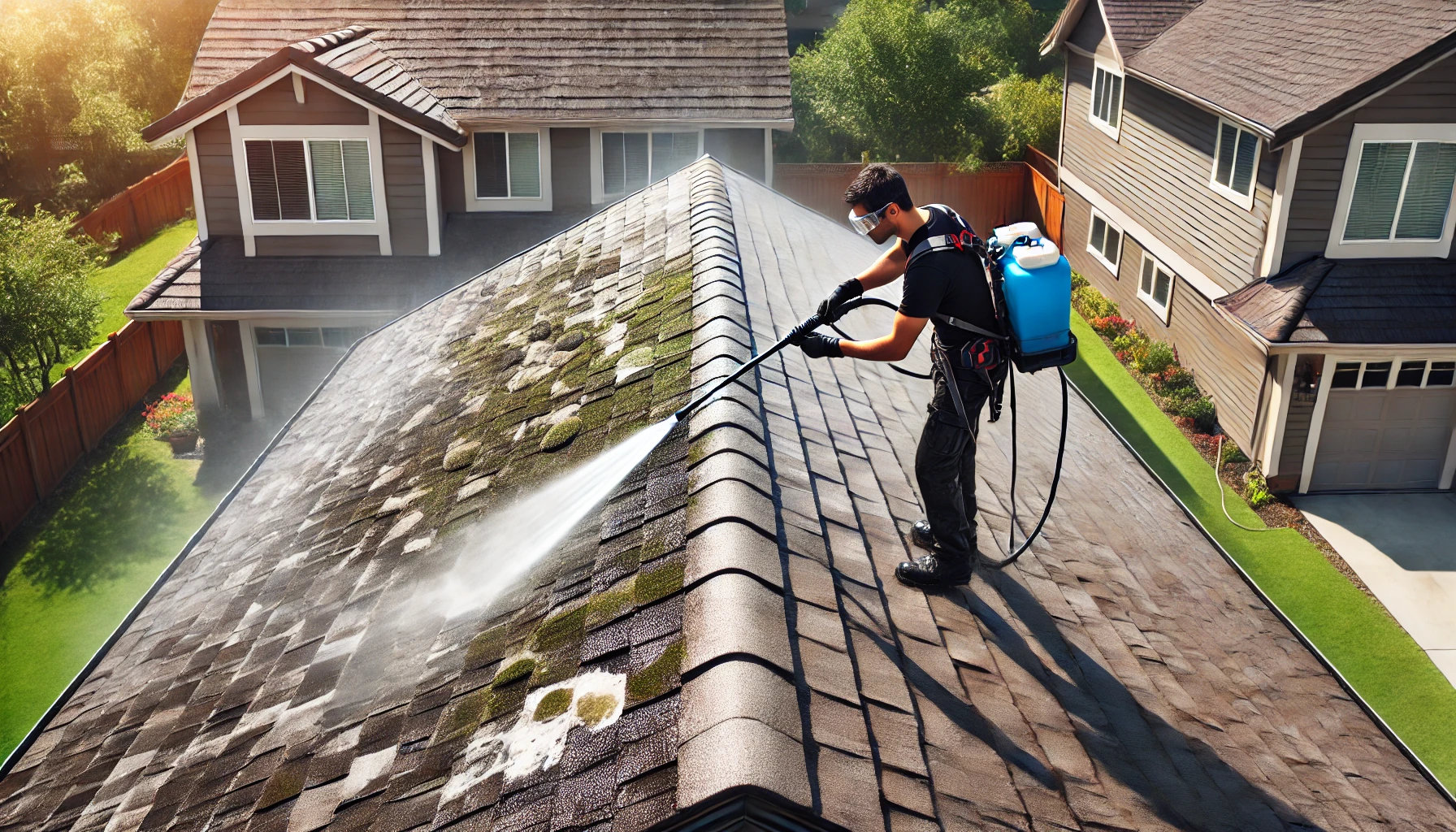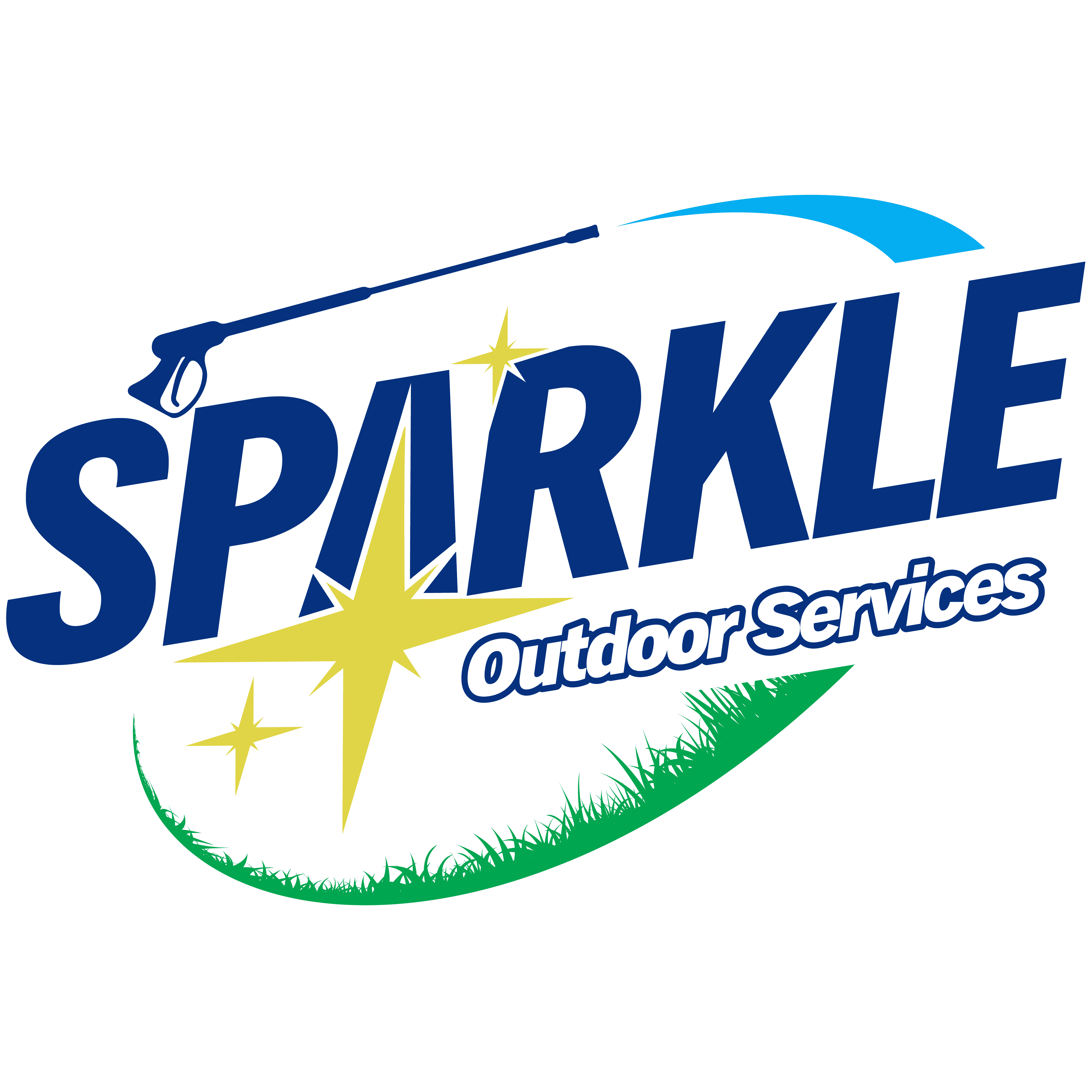How to Clean Mold Off a Roof: A Comprehensive Softwash Guide

Mold on a roof can be more than a cosmetic issue; it can weaken roofing materials, shorten the roof’s lifespan, and negatively impact your home’s overall appearance. Mold is especially prevalent in the humid climate of Augusta, Georgia and the surrounding CSRA. While there are multiple cleaning techniques on the market, the most recommended method for safely and effectively removing mold from a roof is softwashing. This guide will walk you through everything you need to know about cleaning mold off a roof, focusing on the softwash technique, why it works, and how it compares to other methods that might risk damaging your roof.
Understanding Roof Mold and Why It Matters
Mold, mildew, algae, and other organic contaminants can form on your roof for several reasons. Warm climates with frequent rainfall create the perfect environment for spores to thrive. Roofs that remain shaded or collect standing water are especially prone to mold growth. Beyond causing unsightly stains, mold can:
- Trap Moisture: Excessive moisture can lead to rot and undermine the structural integrity of your roof.
- Shorten Roof Lifespan: Continued mold growth can degrade shingles and other roofing materials, leading to premature replacement.
- Trigger Health Concerns: Mold spores can be harmful if they enter your home’s ventilation system, potentially causing respiratory issues for occupants.
Because of these risks, it’s wise to tackle mold at the first sign of discoloration.
What Is Softwashing?
Softwashing is a low-pressure cleaning method that uses specialized solutions to break down dirt, mold, algae, and other contaminants without causing the wear and tear associated with high-pressure washing. Unlike traditional pressure washing, which can blast water at pressures up to 3,000 psi or more, softwashing typically operates under 500 psi—less than the pressure of a standard garden hose nozzle.
Key Benefits of Softwashing
- Reduced Risk of Damage: Lower pressure means there’s less chance of loosening or cracking shingles.
- More Thorough Cleaning: The chemical solution targets mold at its roots, preventing immediate regrowth.
- Longer-Lasting Results: Because it eliminates spores deep in the roofing material, softwashing helps maintain a clean roof for a longer period.
Why Softwash Beats High-Pressure Methods
When it comes to mold removal, it’s tempting to think that more water pressure is automatically better. However, high-pressure washing can cause irreparable damage to roof shingles, forcing water underneath them or even dislodging them entirely. Worse, pressure washing might only remove surface mold but fails to address deeper organic growth, allowing mold to return quickly.
Softwashing relies on cleaning solutions—often containing mild detergents and specialized mold-fighting agents—that penetrate porous surfaces. This approach dissolves mold colonies at their source rather than simply stripping away the top layer.
Tools and Materials Needed for a Roof Softwash
Before beginning the cleaning process, gather the following items:
- Softwashing Equipment: This typically includes a low-pressure sprayer and a specialized nozzle designed for gentle application.
- Cleaning Solutions: Many softwash solutions contain sodium hypochlorite (a form of bleach), water, and surfactants that help loosen dirt and kill mold spores. Ensure you select a solution rated specifically for roof use.
- Protective Gear: Wear slip-resistant shoes, gloves, and goggles. A harness or safety rope is strongly advised if you’re working on a steep roof.
- Garden Hose (Optional): Although a low-pressure system is ideal, having a standard hose on hand is useful for rinsing surrounding areas or adjusting the solution ratio.
- Ladder: A sturdy, well-placed ladder is essential. Always follow safety guidelines when working at heights.
Step-by-Step Guide to Softwashing Your Roof
Step 1: Assess Your Roof
- Inspection: Examine your roof for visible mold, lichen, loose shingles, or any damage that might complicate the cleaning process.
- Safety First: Plan your anchor points or use a roof harness system if the pitch of your roof is steep.
Step 2: Prepare the Surrounding Areas
- Protect Plants: The cleaning solution can be harmful to landscaping. Water your plants generously before and after the cleaning, or cover them with plastic sheets.
- Shut Down HVAC Units: If your air conditioning system is near the cleaning area, turn it off to prevent mold spores and chemicals from being drawn inside.
Step 3: Apply the Softwash Solution
- Mix Ratio: Follow the manufacturer’s guidelines on diluting the cleaning solution. Ratios typically range from 1:7 to 1:10 (solution to water).
- Application: Use a low-pressure sprayer to apply the solution evenly over the roof surface. Work in sections, starting from the bottom and moving upward to avoid streaking.
- Dwell Time: Allow the solution to sit for 10–20 minutes (or longer, based on the product instructions) to break down mold and algae thoroughly.
Step 4: Lightly Rinse the Roof
- Low-Pressure Rinse: After the solution has had enough time to work, rinse the roof using a gentle spray. You can use the same softwashing system or a garden hose with a wide-angle nozzle.
- Check for Residue: If mold stains persist, apply a second round of the solution and repeat the process. Do not increase the water pressure, as this defeats the purpose of softwashing.
Step 5: Inspect Your Results
- Post-Clean Evaluation: Once the roof is clean and dry, inspect it for any remaining stains or areas that need extra attention.
- Ongoing Maintenance: Consider scheduling periodic inspections or light cleanings to keep mold and algae at bay.
Comparing Softwash With Other Methods for Cleaning Mold off Roofs
Pressure Washing
- Pros: Quick surface cleaning, widely available services.
- Cons: Risk of shingle damage, potential for moisture infiltration, does not eliminate mold spores at the root.
DIY Chemical Sprays
- Pros: Readily available in most home improvement stores, lower initial investment than hiring professionals.
- Cons: May contain harsh chemicals that are unsafe for your roof or environment. Often less effective at targeting mold’s deep-seated growth, leading to faster regrowth.
Roof Brushing or Scrubbing
- Pros: Low-tech and does not require specialized equipment.
- Cons: Labor-intensive, can wear away protective granules on shingles, and often doesn’t fully remove mold.
Preventing Mold Regrowth
While softwashing is a highly effective cleaning method, there are proactive measures you can take to minimize mold returning in the future:
- Trim Overhanging Branches: Allowing more sunlight onto your roof inhibits mold growth.
- Improve Drainage: Ensure gutters and downspouts are clean so water doesn’t pool on your roof.
- Ventilation: A well-ventilated attic or crawl space can help reduce moisture that leads to mold.
- Regular Inspections: Make it a habit to check your roof at least once per season, catching mold or algae growth early.
DIY vs. Professional Roof Softwashing
While it’s possible to handle the softwashing process on your own, it does involve climbing, specialized equipment, and protective gear. If you’re uncomfortable working at heights or don’t own the necessary equipment, a professional roof cleaning service can save you time and potential safety risks. Professionals also bring expertise in preventing chemical run-off damage to plants and property.
Safety and Environmental Considerations
- Chemical Run-Off: Softwashing solutions often use bleach-based products. Be mindful of how run-off could affect your lawn, plants, and storm drains.
- Personal Safety: Always use a sturdy ladder placed on even ground. If possible, have someone assist or spot you.
- Local Regulations: Some homeowners’ associations or municipalities have rules regarding the use of certain cleaning solutions. Verify these guidelines before you begin.
Final Thoughts on Cleaning Mold off of Roofs
Cleaning mold off your roof is critical for maintaining both aesthetic appeal and structural integrity. Although various cleaning methods exist, softwashing stands out as the safest and most effective, offering long-lasting results without the risks of high-pressure damage. By following the steps detailed in this guide—inspecting your roof, protecting surrounding areas, applying the cleaning solution, and maintaining a regular upkeep schedule—you’ll preserve your roof for many years to come.
If the project feels daunting, don’t hesitate to consult a professional like Sparkle Outdoor Services who specializes in roof softwashing. Their experience can give you peace of mind that the job is done safely and thoroughly. The important takeaway is that acting sooner rather than later can save you from costly repairs and replacements down the line. By choosing the softwash method, you ensure that your roof remains mold-free, visually appealing, and structurally sound.

Leave a Reply